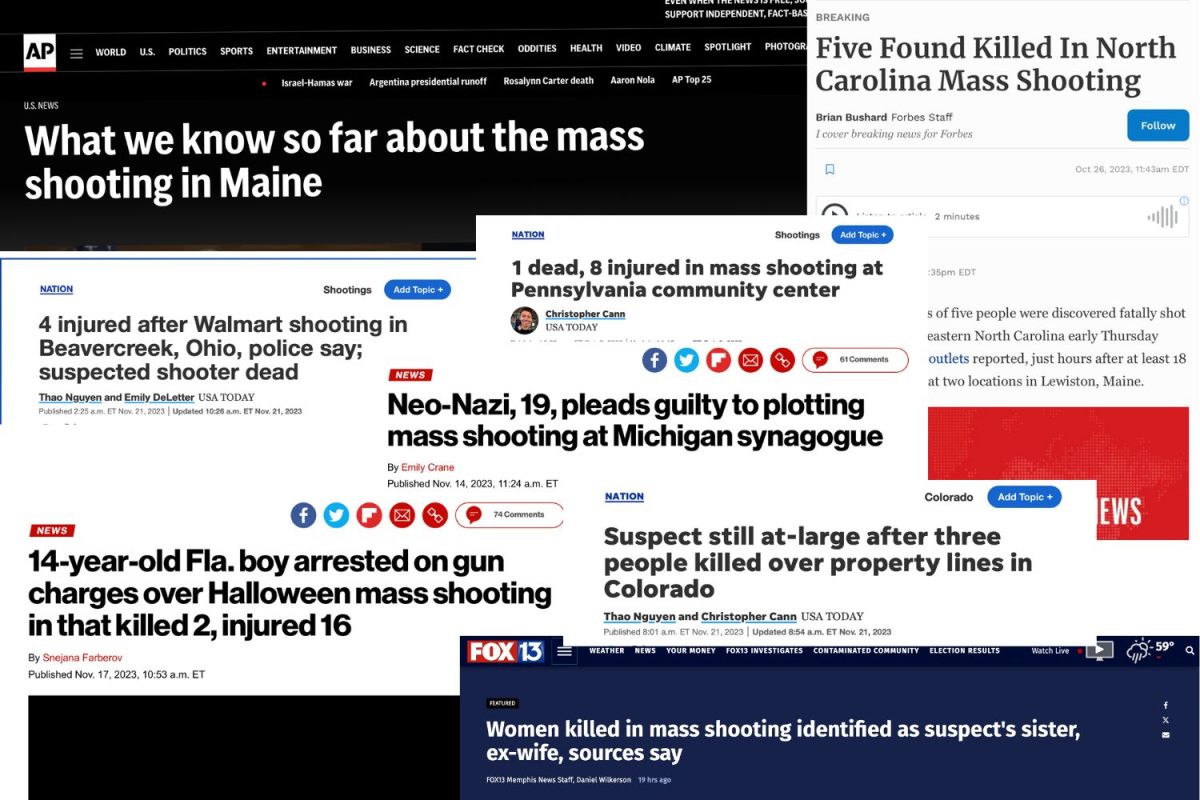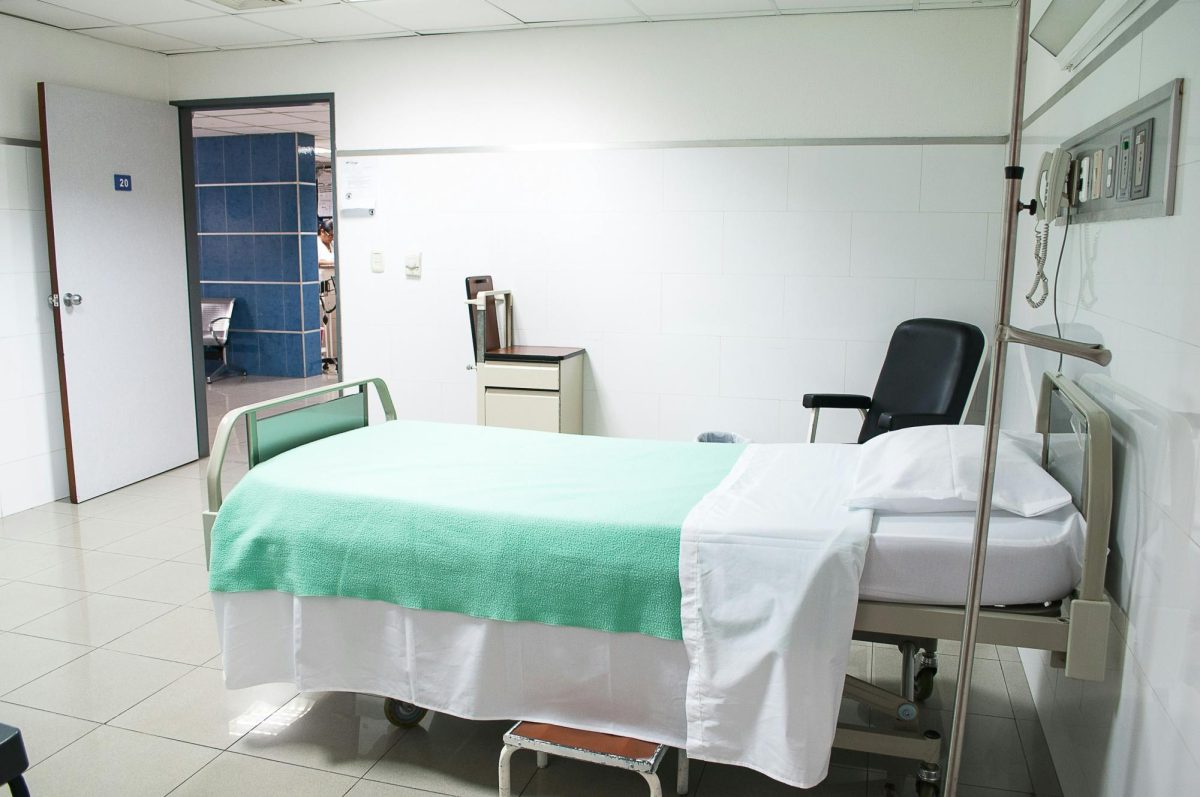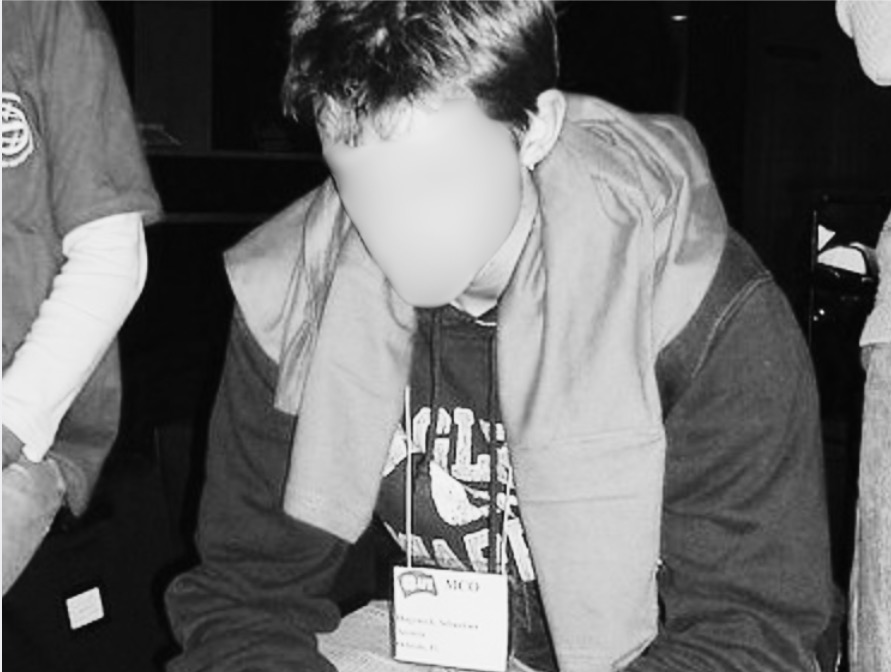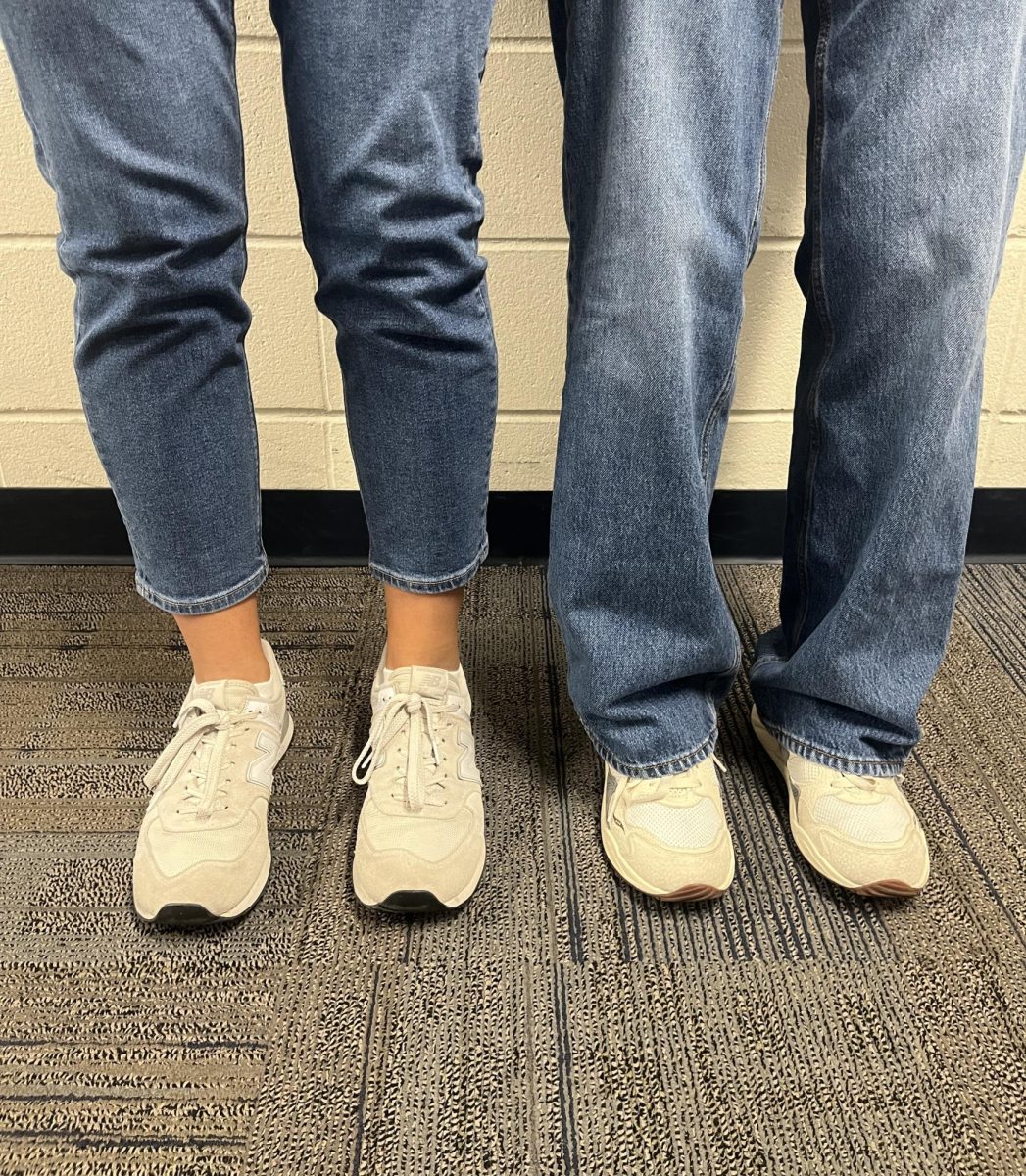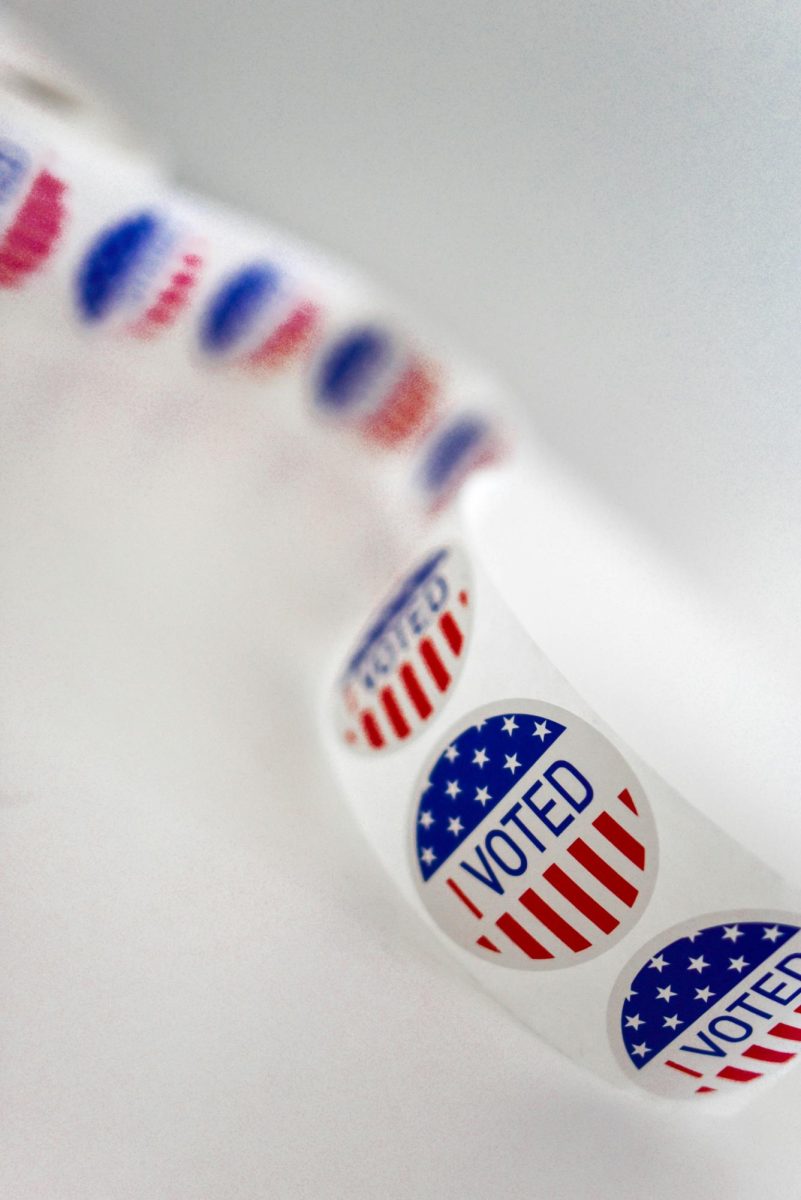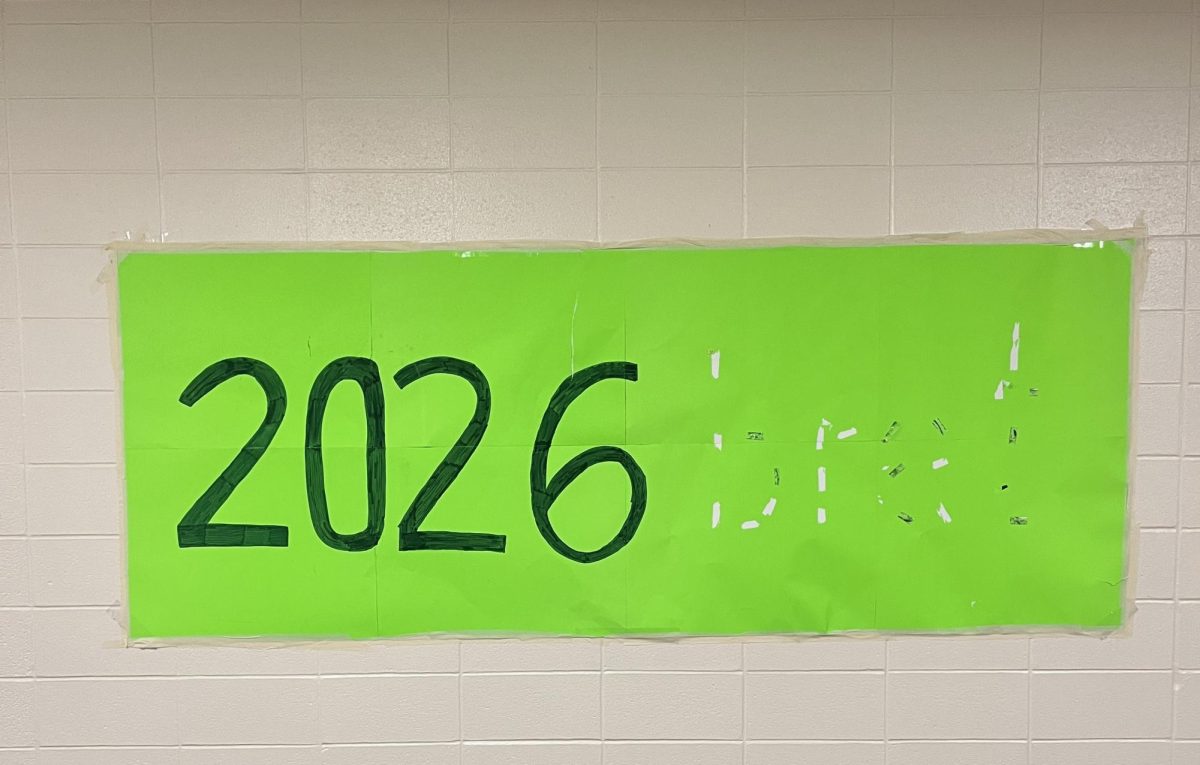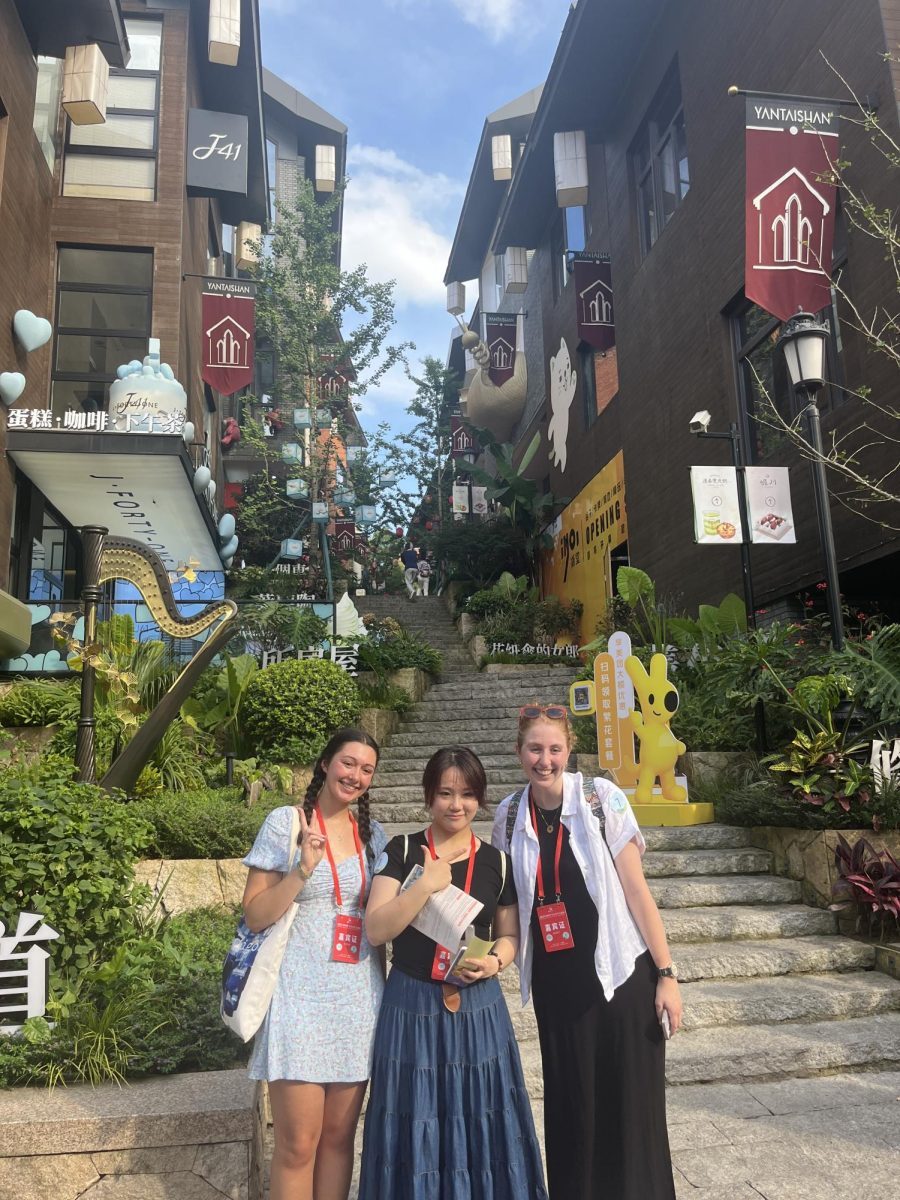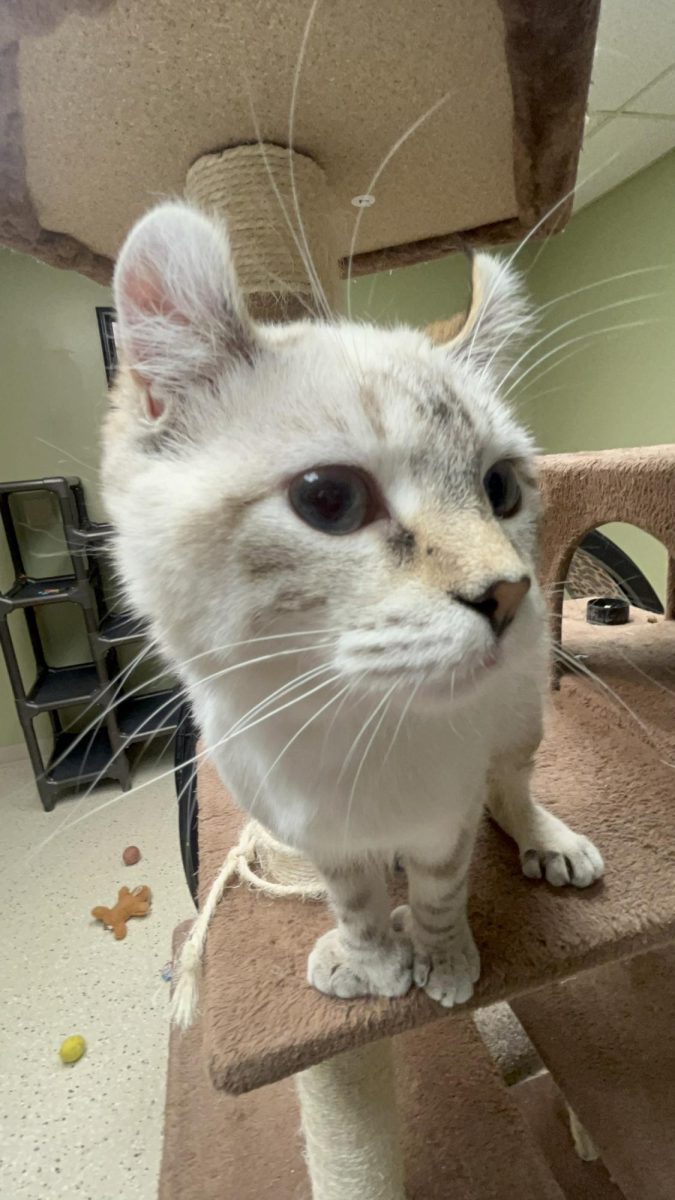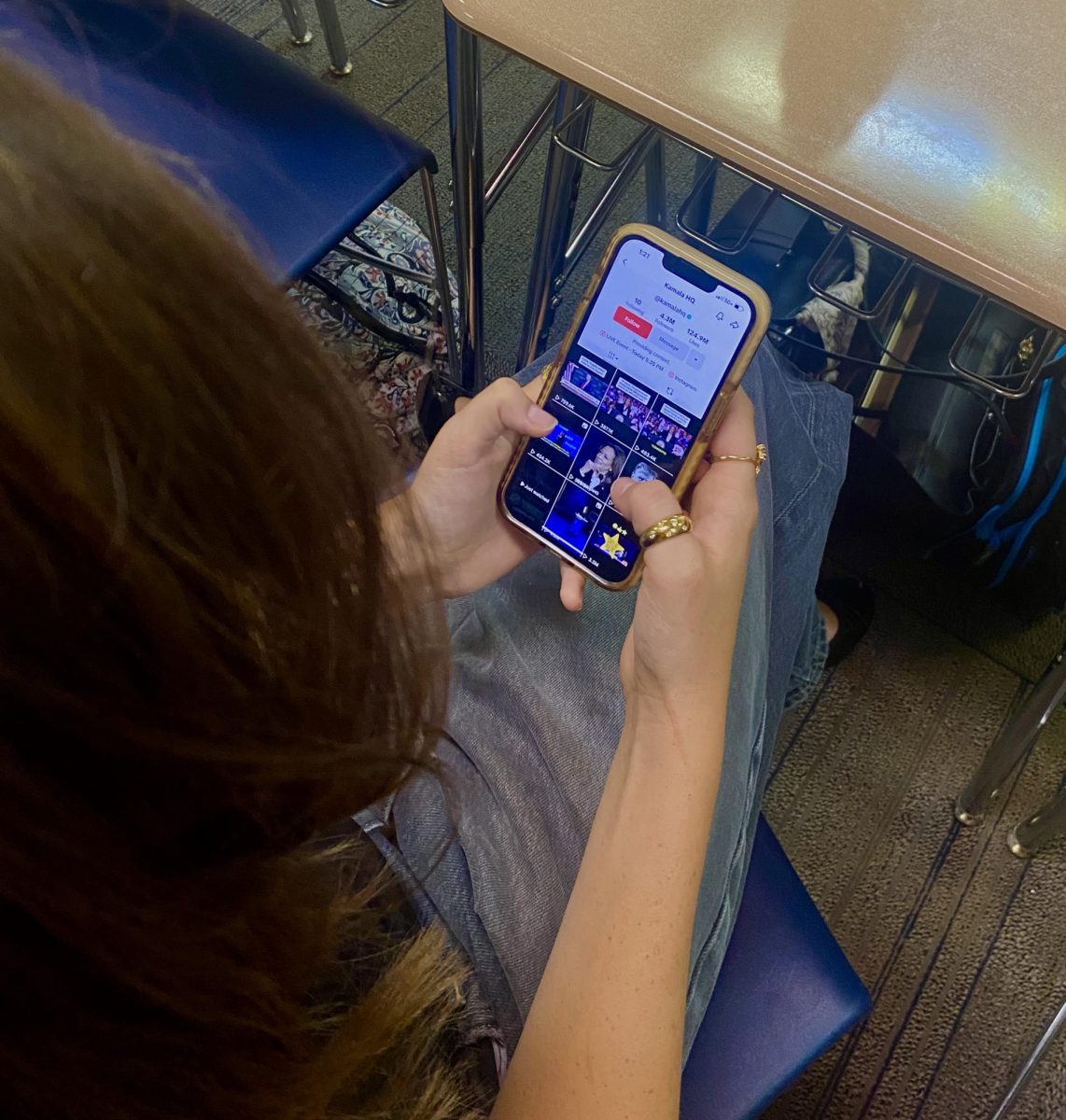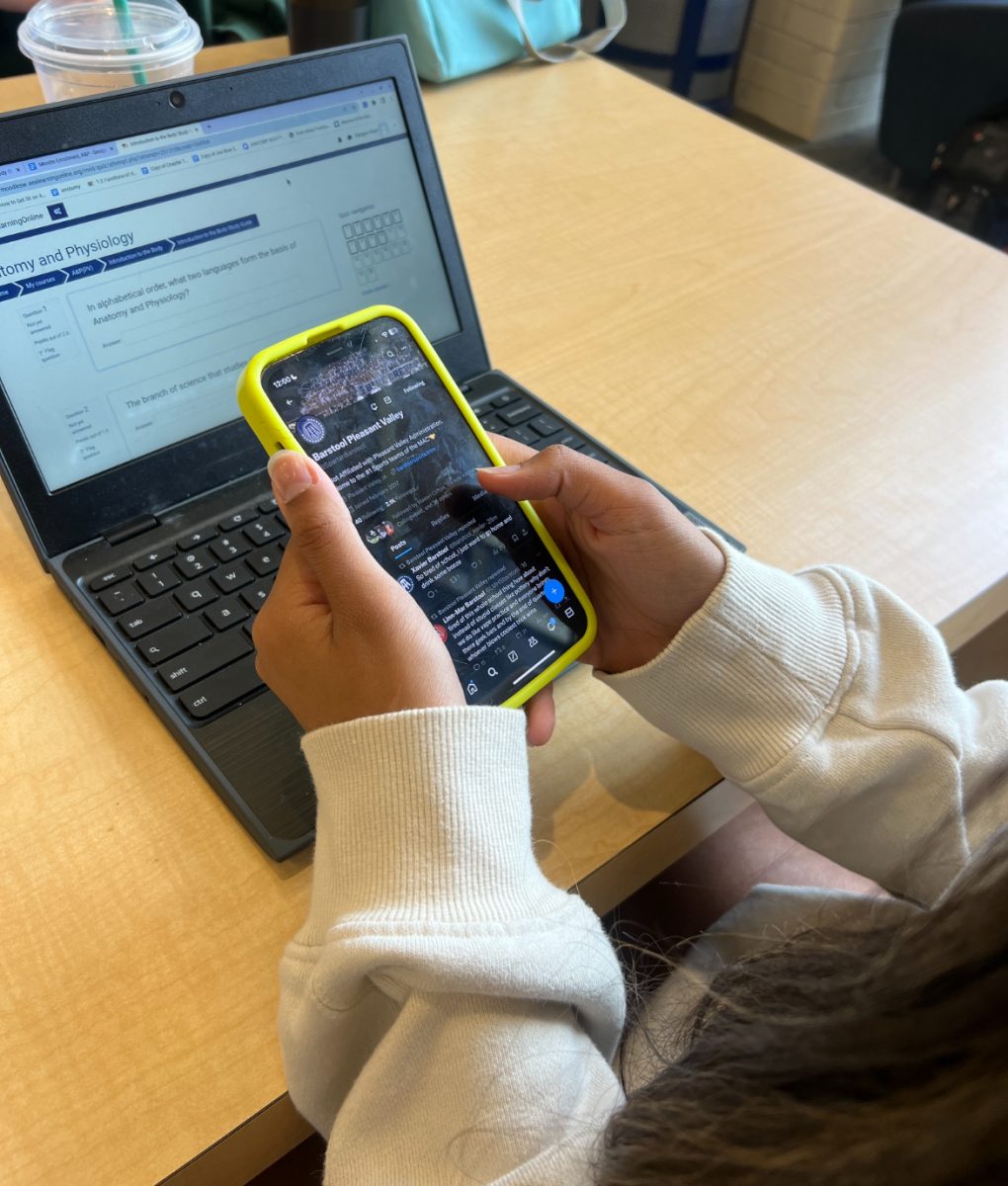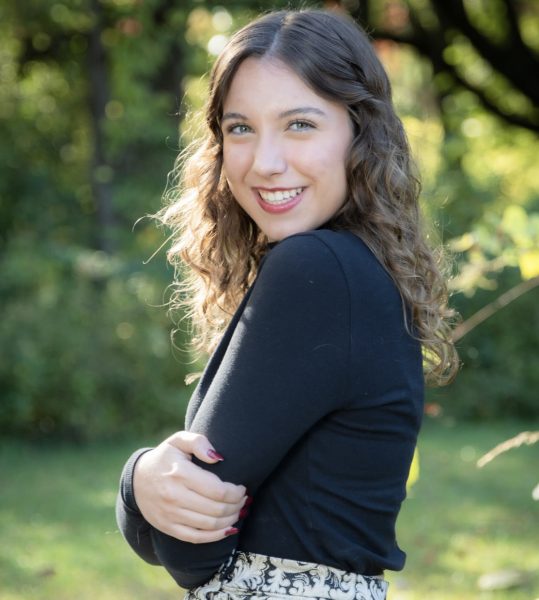The Project
Pink flip-flops, an AR-15 rifle, and spatterings of dried blood.
These are the first things readers see when they open The Washington Post’s newest project. Next, they see an editor’s note, warning those who look further that the following article is disturbing and graphic.
And it is.
The piece, called “Terror on Repeat,” includes crime scene images, videos and first person accounts of mass shootings. Those who look through it will see bullet holes in a synagogue wall, sealed body bags in an elementary school hallway, and a field of bodies at a music festival.
By publishing real material from America’s darkest tragedies, The Washington Post is doing what no other outlet has dared to do: making the issue of mass shootings personal. In the past, journalists have strayed away from crime scene photos out of respect for victims and their families, leaving the public with only descriptions and the horrors of their own imaginations.
But what happens when the public stops caring?
American society has grown accustomed to reports of mass shootings. In 2023 alone, there have been over 600 isolated events—too many for each to gain full media attention. When people see the same story told over and over again, it loses its shock value. Each time gun violence strikes, it seems less tragic, becoming as repetitive as the weather segement
There’s no formula for how the media addresses mass shootings. Some studies have proven that too much reporting on shootings can beget more incidents, but the societal need for information leaves journalists with no choice but to provide coverage. And after a while, the media cycle gets tired of telling the same old stories.
“We decided that there is public value in illuminating the profound and repeated devastation left by tragedies that are often covered as isolated news events but rarely considered as part of a broader pattern of violence,” said Executive Editor Sally Buzbee in her explanation of the Post’s piece.
Even in the face of gore and atrocity, the message will still fall upon the deaf ears of many Americans. In the comments of the article, user Nick1972 suggested that even more graphic content should be shown. “Here is the problem with the American press; they sanitize everything. In the rest of the world when there are things like bombing and shootings, pictures of the dead bodies are shown with all the wounds and body parts. That is the only way to shock people to the horrors of guns.”
Buzbee answered to these requests as well in her explanation. “Some families indicated they would be open to granting permission, but ultimately we decided that the potential harm to victims’ families outweighed any potential journalistic value of showing recognizable bodies,” she wrote.
By publishing these materials, the Post has denied naivety to the American public, forcing them to reckon with reality and ushering in a new era of more candid reporting. It seems that humanizing tragedies may be the only way to break through America’s bulletproof ignorance and inspire change instead of complacency.
The Reality
American students are accustomed to living in fear. At Pleasant Valley, each classroom’s red trauma kit reminds them that school is no longer a safe haven. They go to school knowing that an alarm could sound at any moment, signifying that the unthinkable is happening.
Current seniors are the same age as the majority of the victims of the Sandy Hook Elementary School shooting in 2012, often regarded as the tipping point of mass shootings in America. This means that today’s youth have grown up in the era of school shootings. In between learning the alphabet and addition, they were taught ALICE drill protocol, arming them with their own defenses before they could read.
But anticipation does not equal expectation.
When sophomore Cooper Olderog heard a lockdown alarm after school one Wednesday, he didn’t think twice. He ran to the basement of the theater, where he knew there was no PA system, and warned the other students, who immediately began turning off lights and barricading themselves into a room.
“My first thought was just ‘I’m gonna die,’” Olderog said. “That was a shared first thought between most of us.”
The alarm was a drill, but none of the students heard the precursor announcement. To them, it was very real.
For over half an hour, they waited in tense silence. According to Olderog, they were “prepared for the worst.”
It isn’t always a drill though. Senior Amelia Martin lives in Brunswick, Maine, about half an hour away from Lewiston, where a shooting on Oct. 25 became the deadliest this year, leaving 18 dead and over a dozen more injured.
Martin and other residents were ordered to shelter in place as police conducted a massive manhunt for the gunman.
“I was honestly scared to leave the house and I actually didn’t for two days,” Martin said. “It was something I never expected because of Maine’s reputation of a safer state”
But only days after the gunman was found dead, life seemingly went back to normal for Martin and her friends.
“The Monday after it happened my school had everyone report to their homerooms early in the morning for a small meeting about support services…The shooting was also overshadowed by the Halloween celebrations that the town decided to hold on the Tuesday after it happened,” she explained.
For the people impacted by mass-shootings, returning to normal can be difficult, or even near impossible. Olderog never thought something like that could happen at PV, but ever since the drill he has had a constant fear that the next lockdown may be real. “Ever since that happened… I don’t like to be in the theater alone,” he said.
Martin’s community is still coping as well. “It’s such a surreal experience that people are still shocked that it actually happened,” she said.
But in the rest of the world, people have already moved on. All that’s left for them to do is look back with remorse and wait for the next one.




